Use Cases
How Huawei Transformed Its Supply Chain In the Digital Era
Huawei transformed its supply chain with digital technologies and innovated its operations and management models, taking customer experience and revenues to new heights.


By Xiong Lening, President of Supply Chain Mgmt Dept, Huawei
Now is the time for digital transformation
As well as enabling rapid growth, digital technologies help enterprises transform industrial value and reshape business models globally. Comparing the market capitalization of the world's top-ten companies in 2010 and 2020 shows that digital natives, such as Apple, Amazon, Alibaba, and Tencent, are edging out companies in traditional industries like Shell and ExxonMobil.
The time is now for enterprises to digitalize if they hope to survive and thrive.
Objectives of Huawei supply chain’s digital transformation
Focusing on improving customer experience and creating value through digital and proactive supply chain, Huawei launched its integrated supply chain plus (ISC+) digital transformation project in 2015. To transform its operations and management models, the project comprised an intelligent two-layer supply chain business system, service-oriented processes and IT, and scenario-based algorithm modeling
Transformation covered six areas that centered on transitioning from:
- An offline-focused business model to both offline and online.
- A working model based on transmitting information in series to an operations model based on the collaborative and parallel sharing of information.
- High volumes of manual operations to automated system operations.
- A decision-making model based on personal experience and intuition to a decision-support model enabled by data analytics, unified data warehouses, and data models.
- Push-type planned allocation centered on Shenzhen HQ to pull-type resource allocation driven by forecasts.
- A centralized management model to one that facilitates independent decision-making by field offices, with capability support and supervision from HQ.
Our digital transformation journey
ISC+ supply chain transformation has moved through the phases of digitalization and intelligent digitalization. Digitalization built the foundation of Huawei’s digital capabilities, including its data foundation and service-oriented processes/IT. Intelligent digitalization builds on digitalization to make services more intelligent through algorithms and scenarios.
(1) Building a real-time, trusted, consistent, and complete data foundation
Data is a new production factor, with those able to acquire and control large amounts of data increasing potential advantages in global competition[1]. To build the data foundation, Huawei Supply Chain prioritized three areas of digitalization (see Figure 1):
- Business objects: includes mapping real-world objects, such as contracts and products, to the digital world.
- Business processes: includes automatically recording go-live business processes and operations processes such as cargo transportation.
- Business rules: includes managing rules for complex scenarios using digital solutions; decoupling business rules from applications; and making rules configurable, such as inventory cost accounting and order splitting rules.
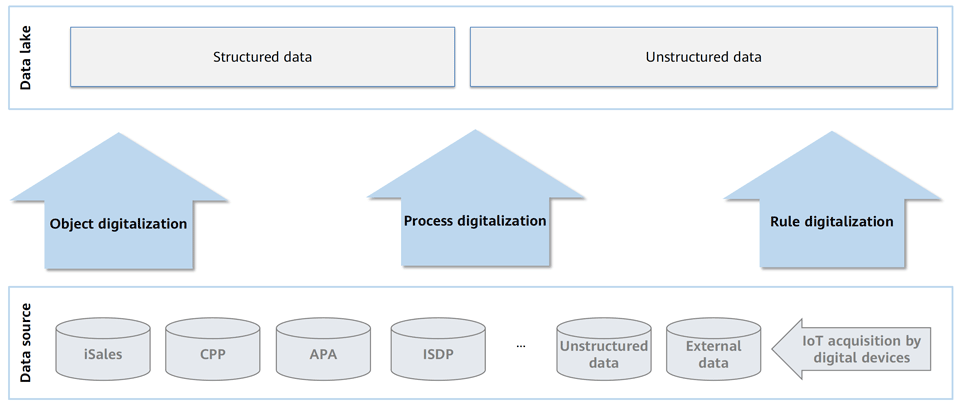
Figure 1: Three areas of business digitization
(2) Flexible orchestration through service-oriented processes/IT
Traditional supply chain IT systems are siloed, which creates problems when business volume increases and requirements rapidly change. Subsequent issues, such as poor user experience, repeated construction, and long response periods, prevent business development needs from being achieved.
Retrofitting large complex systems to form service-oriented subsystems and integrating various service elements, application elements, and data elements into these subsystems can link services, data, and system functions (see Figure 2).
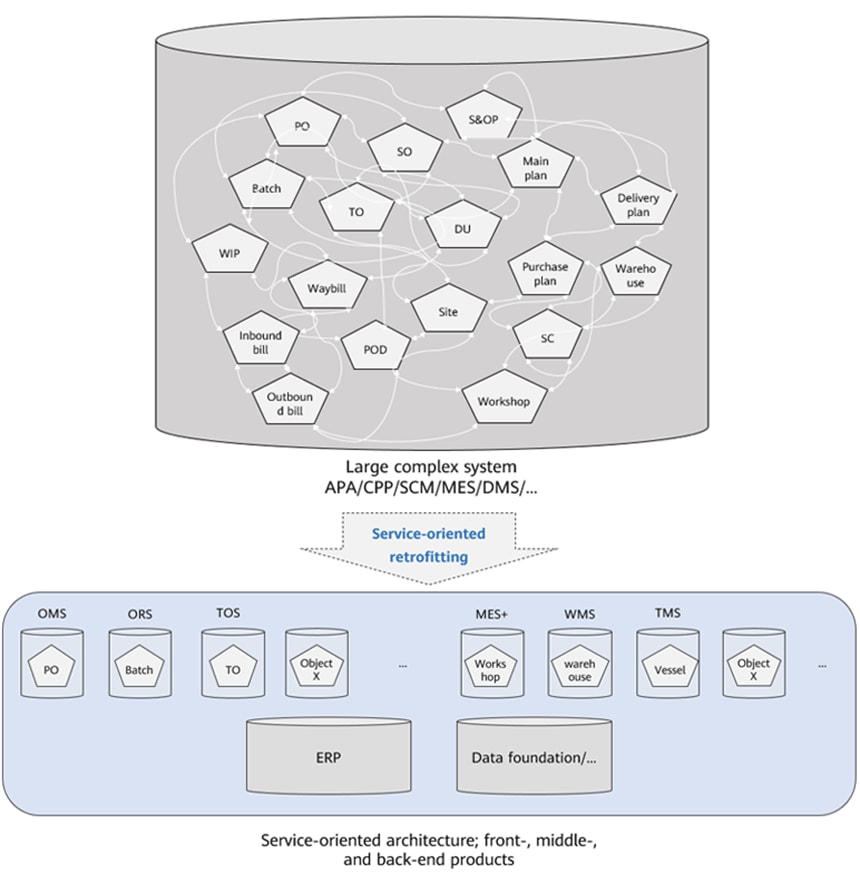
Figure 2: Retrofitting large complex systems to create service-oriented subsystems
Huawei has retrofitted and developed more than 80 service-oriented subsystems for its supply chain. Business capabilities are encapsulated into services and invoked and orchestrated for different scenarios, allowing a quick response to service requirements. For example, for our intelligent automotive solutions business, we quickly adapted supply chain to the new business model by re-orchestrating and retrofitting service-oriented capabilities based on value flows and the requirement to develop processes and systems quickly, which greatly accelerated the rollout of new services.
(3) Intelligent supply chain through scenario design and algorithm modeling
At the core of enterprise operations, supply chain represent the integration of information flows, material flows, and capital flows[2]. Supply chain management aggregates information flows and directs efficient materials and capital flows.
Algorithms are essential for processing massive amounts of information. Gartner considers algorithmic supply chain as a future trend in supply chain development, defining them as the industrialized use of complex mathematical algorithms pivotal to driving improved decision-making and process automation in the supply chain to create business value [3].
Huawei Supply Chain used various techniques, such as optimal combination, statistical prediction, and simulation, to build core algorithm models for supply chain. To ramp up the intelligence of supply chain operations, the models were applied to resource preparation, supply fulfillment, supply networks, and intelligent operations.
For example, to prepare resources, Huawei's supply chain face complex business requirements that involve tens of millions of pieces of data and 100 MFLOPS-level computing. We have built a bidirectional simulation engine between components, boards, products, and orders based on techniques such as linear programming, mixed integer programming, and heuristic algorithms (see Figure 3). This engine quickly locates the optimal resource preparation solution from within the complex product structure tree and supply network nodes, achieving control on inventory and maximizing supply capabilities.
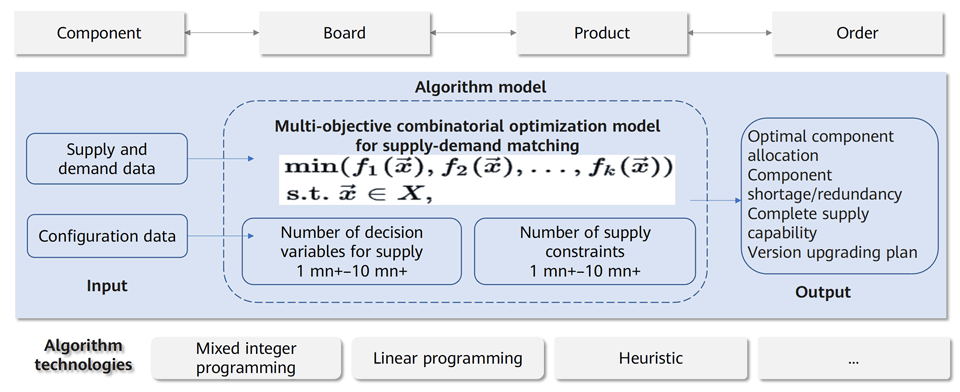
Figure 3: Algorithm-based bidirectional simulation engine
Building a two-layered, intelligent business system
Based on the data foundation, retrofitted service-oriented processes/IT, and the development of algorithms, Huawei has restructured its supply chain to form an intelligent two-layer business system. The system consists of intelligent supply chain decision-making based on the Lingkun digital intelligent cloud brain and agile operations based on the Lingfeng intelligent engine. The Lingkun solution is a business-oriented brain for supply chain, which provides global data analytics, simulation, contingency plan formulation, and decision-making functions. The Lingfeng solution is an intelligent operations unit that facilitates agile, efficient, plug-and-play, and swarm-style onsite operations for operations sites and service fulfillment.
(1) Lingkun: Intelligent supply chain operations
The Intelligent Operation Center (IOC) is a key part of the Lingkun digital intelligent cloud brain for supply chain. It enables intelligent operations in three ways.
For service operations, the IOC provides more than 300 probes for key points of service to automatically identify abnormal business activities or indicators. The IOC replaces full management with variable management and automates exception detection.
For process operations, 1) Process-embedded algorithms automatically achieve management objectives during process operations and reduce management actions. 2) The forward process design stage reduces reverse services by identifying what causes them. 3) Process mining technology and similar-item merging provide a much simpler way to identify and then fix bottlenecks and breakpoints in processes.
For network operations, the IOC can quickly detect and analyze the impact of risk events by accessing supply network data, and rapidly allocate and deploy supply network resources and capabilities based on contingency plans. Sensing risks and requirements in real time, making resources and capabilities visible, and enabling the controllability of processes and outcomes make supply networks agile and resilient.
The IOC breaks down walls between functions and along processes to provide cross-function, cross-process, and cross-node integrated operations in key business scenarios. Exception detections can be quickly closed and resolved. For example, before the transformation of order fulfillment exception management in Huawei's Shenzhen Supply Center (see Figure 4), more than 100 order fulfillment managers were required to individually communicate with coordinating, planning, and procurement personnel, and then analyze and process exceptions. The IOC enables the system to automatically detect and locate exceptions, analyze causes, and recommend solutions. Exceptions are no longer only processed manually. Instead, they are automatically processed for manual confirmation, raising operations efficiency by 31%.
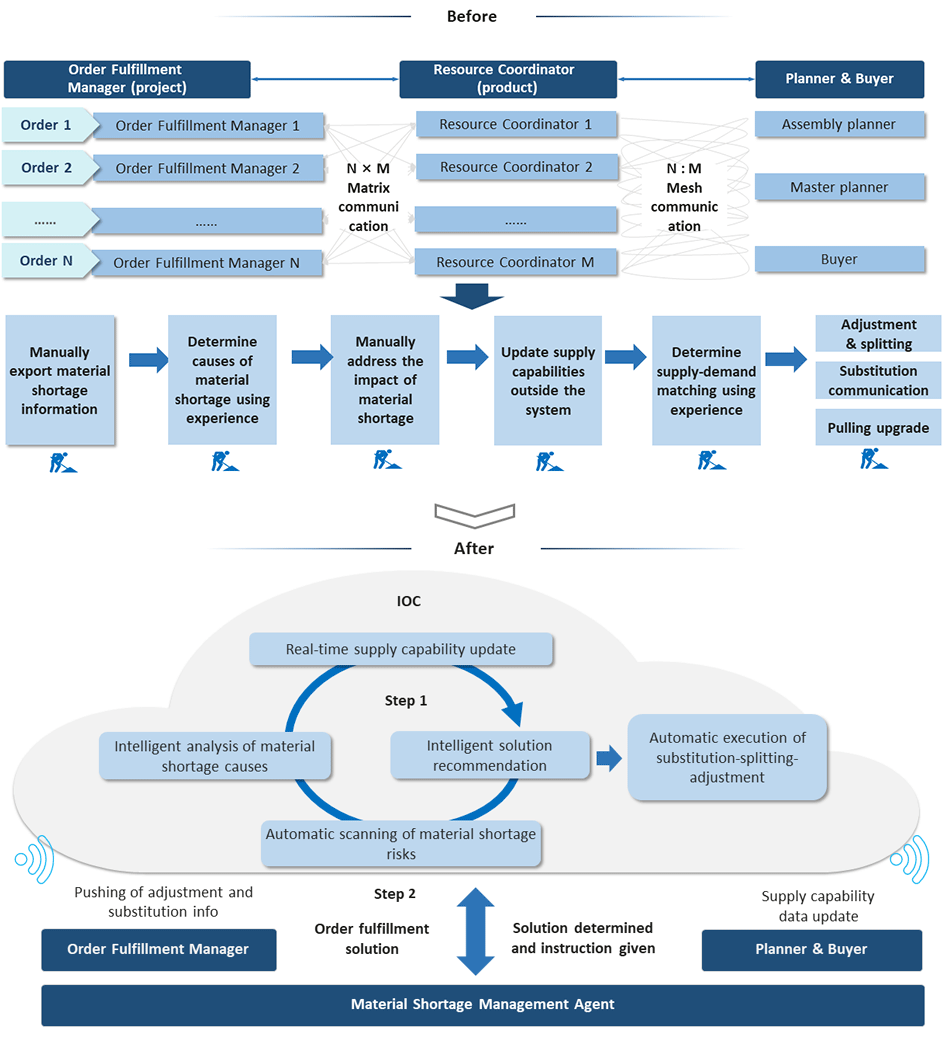
Figure 4: IOC-empowered order fulfillment exception management
(2) Lingfeng: enables efficient operations within supply nodes and seamless connection between nodes
The intelligent operations of the Lingfeng intelligent logistics center provides a good example of how the Lingfeng intelligent engine facilitates agile and efficient onsite operations.
Located in Huawei's logistics campus, the Lingfeng intelligent logistics center covers an area of 24,000 square meters and is one of the order fulfillment nodes of Huawei's worldwide supply network.
In the logistics center, 12 algorithm models have been deployed, including inventory distribution, wave creation, and AGV scheduling. Nine types of automated equipment are available, for example, AGVs, dense storage, automatic measurement, and RFID. Manual operations for materials are automated and efficient operations are achieved through automatic material distribution and warehousing, storage-picking separation, intelligent warehouse transfer, intelligent scheduling, balanced production scheduling based on wave picking, automatic measurements of finished products, and automatic scanning and stock-out.
For transportation between the nodes when a shipping order is generated, drivers can book the pick-up time on the digital platform, and the system will automatically plan the route and estimate how long it will take. Onsite tools like volume estimation and packing simulation can automatically determine the picking sequence and loading plan. Tally is reversely scheduled based on the driver’s arrival time so that the goods are ready when the vehicle arrive at the dock. This enables delivery immediately after product off-line.
Powered by the digital engine, the Lingfeng intelligent logistics center optimally allocates resources, such as people, vehicles, goods, yards, and orders, and provides the integrated scheduling of reception, storage, picking, tally, and delivery (see Figure 5).
As a result, service volume has doubled with the same number of employees and site area, leading to improved customer experience and service.
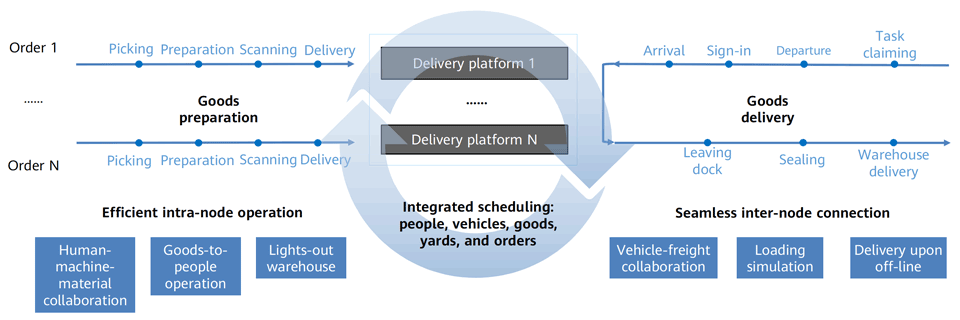
Figure 5: Operation model of the Lingfeng intelligent logistics center
Closed loop with the supply chain digital twin
A digital twin can be defined, fundamentally, as an evolving digital profile of the historical and current behavior of a physical object or process that helps optimize business performance. [4].
Through digital transformation, Huawei Supply Chain has made substantial progress in constructing the supply chain digital twins (see Figure 6). First, through business digitization and service-oriented processes/IT, the supply chain in the physical world are mirrored to the digital world. Then, information is extracted from data based on scenarios and algorithms, forming intelligent service instructions that guide operations in the physical world. Finally, the intelligent service instructions drive efficient onsite operations, facilitating a closed loop from the digital world to the physical world.
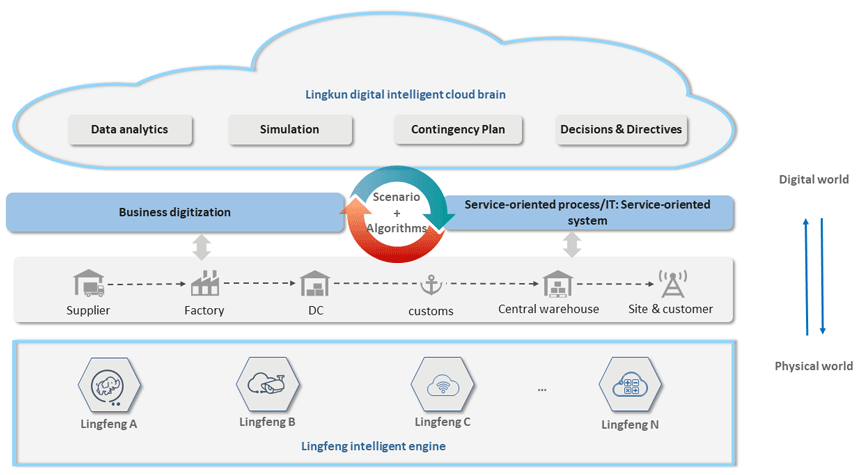
Figure 6: Supply chain digital twins
From digitization and digitalization to digital governance
Through digitization and digitalization, the Huawei supply chain has elevated customer service levels and improved the delivery time, E2E ITO, and supply cost rate by 50%.
The supply chain have supported the rapid development of Huawei's new businesses, such as enterprise services, cloud, and intelligent automotive solutions with approximately the same number of employees, helping the company significantly increase its revenue. Huawei Supply Chain has transformed from responsive services to proactive services, from support division to value creator, and from supporting market development to supporting marketing and competition.
Digital supply chain have become an area of Huawei's core competitiveness.
Huawei’s digital supply chain ensure supply continuity, improve customer experience, and support the company's business growth in an uncertain external environment. However, digital transformation of supply chain should not stop at digitization and digitalization – Huawei aims to use digital technologies to reshape supply chain service models, including the management, operations, and organization, and deepen collaboration with ecosystem partners. This "digital governance" will help improve customer experience, support the company's operations, and realize the sustainable development of the supply chain ecosystem.
- Big Data White Paper [R], 2020, China Academy of Information and Communications Technology
- Ten Points CSCOs Need to Know About Algorithmic supply chain [OL], July 11, 2016, Gartner https://www.gartner.com/document/3372319?ref=solrAll&refval=286443502
- Purchasing and Supply Chain Management: A Practitioner's Perspective [M], 2020, Liu Baohong
- Industry 4.0 and the digital twin [R], 2017, Deloitte University Press https://www2.deloitte.com/us/en/insights/focus/industry-4-0/digital-twin-technology-smart-factory.html
- Tags:
- Digital Transformation






